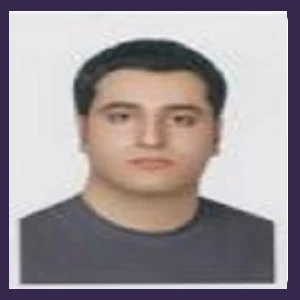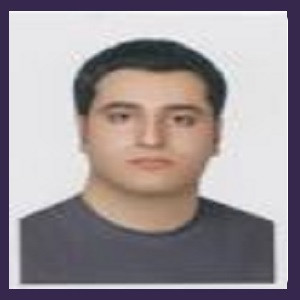آخرین مطالب «مقالات آزاد»
آقای مهرداد صادقی (Investigating the outcome of myopia surgery done by tissue saving method,in individuals over 20 years,six months after the operation)

Investigating the outcome of myopia surgery done by tissue saving method,in individuals over 20 years,six months after the operation
Clinical Research Development Unit of Imam Khomeini Hospitals -Dr. Mohammad Kermanshahi and Farabi-kermanshah university of medical science-kermanshah-iran
Background and Aim: Myopia is one of the most common types of refractive errors is that it is much more common in recent years .The aim of this study was to evaluate the efficacy of Refractive surgery photorefractive keratectomy (PRK tissue saving) to correct the myopia persons above 20 years suffering from refractive errors and corneal thickness less than refractive error and operated by Technolas 217 p device is on have been.
Methods: The study included 29 individuals (15 female and 14 male) and average Myopia , astigmatism, pachymetry, keratometry and and best corrected visual acuity was measured before surgery and repeated six months after surgery were measured above mean each of the above values.
Results: postoperative astigmatism values and Myopia significantly decreased and best corrected visual acuity was 20/20 in all patients and there was no statistically significant difference between male and female. This study showed that the tissue saving surgery for people with low corneal thickness than refractive error is very convenient.
Conclusion: Photorefractivekeratectomy surgery (PRK tissue saving) using Technolas 217 p for myopic patients with refractive corneal thickness less than refractive error show good results. This type of surgery can be offered to people with the same condition.
Mehrdad Sadeghi1 *, jalil omidian1

آقای مهرداد صادقی (Is aberrometric analysis based on zernike modes that may not be correct)

Is aberrometric analysis based on zernike modes that may not be correct?
Clinical Research Development Unit of Imam Khomeini Hospitals -Dr. Mohammad Kermanshahi and Farabi-kermanshah university of medical science-kermanshah-iran
Background and Aim: Aberrometeric analysis of wavefronts in patients with refractive disorders using the Zernike modal pyramid And based on that treatment plan is determined It is not clear, however Models of Zernike derived from mathematical analysis Exactly how much they match clinical facts ,This article discusses ways to address this issue
Methods: One of the methods for studying optical systems is the wavefront optics. The two-dimensional surface wave front is perpendicular to a bunch of parallel light rays, all of which have the same phase on this surface (Because light emits sinusoidally and therefore has multiple phases) Whenever these rays pass through a refractive index, also called a reference level, the synergy of these rays is maintained, this refractive level would be ideal
Results: Modes z-13 and z13 of the fourth order and modes z04 ,z-24 , z24 From the fifth order and modes z-15 ,z15 of six order and modes z06 , z-26 ,z26 of seventh order They are not pure And mathematically they have some lower order Which may cause in analysis aberrometry Disruption As a result, the relevant orders have a little more or less value.
Conclusion: There are no strong clinical reasons for Zernike modes to be a fully accurate description of aberromerty , so clinicians should consider other clinical data and findings in their interpretation. Some modes of high-order Zernike have sentences of low-order This can cause abnormal analysis
Mehrdad Sadeghi1 *, jalil omidian1
